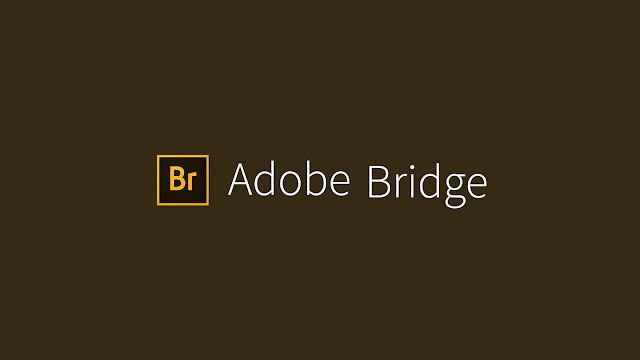About Directx 12
Microsoft DirectX emerges as an indispensable assembly of application programming interfaces (APIs), meticulously crafted to orchestrate an array of multimedia-related tasks, with a distinct focus on game programming and video management across Microsoft platforms. This dynamic collection of APIs stands as a cornerstone in enabling the seamless integration of multimedia elements, fundamentally shaping the realm of digital entertainment and creative expression.
The Genesis of API Marvels: A Direct Approach
In its nascent stages, the names of these APIs bore the prefix "Direct," thereby encompassing an array of functionalities dedicated to diverse multimedia tasks. The array included renowned components like Direct3D, DirectDraw, DirectMusic, DirectPlay, and DirectSound, among others. It was during this evolutionary phase that the term "DirectX" emerged, serving as a convenient and concise umbrella term for encapsulating this comprehensive suite of APIs. The 'X' within the nomenclature symbolically represented the specific API names, cementing DirectX as a holistic collection.
An Evolutionary Step: Enriching the Gaming Landscape
The evolution of DirectX paved the way for Microsoft to delve into the realm of gaming consoles. It was during this pivotal juncture that the iconic Xbox gaming console was conceived. The 'X' element in "DirectX" became the cornerstone of the console's moniker, Xbox, aptly indicating that the gaming console was firmly rooted in the technology provided by DirectX APIs. This strategic alignment showcased Microsoft's foresight in unifying its software prowess to create a seamless and integrated gaming experience.
Extending the Legacy: A Tale of X's and Directs
The legacy of the 'X' initial has transcended time, leaving an indelible mark on subsequent Microsoft endeavors. APIs specifically designed for the Xbox, such as XInput and the Cross-platform Audio Creation Tool (XACT), have borne the 'X' emblem, solidifying the connection to the Xbox brand. Concurrently, the DirectX paradigm has persisted in the nomenclature of Windows APIs like Direct2D and DirectWrite, seamlessly continuing the tradition of offering powerful tools for multimedia manipulation.
Navigating the Creative Horizon:
As the digital landscape continually evolves, Microsoft DirectX remains a beacon of innovation, enabling creators and developers to forge new frontiers in multimedia, gaming, and creative expression. Its inception as a collection of APIs, the symbolic significance of the 'X' initial, and its lasting impact on gaming console nomenclature showcase the profound interplay between technology and creativity. With APIs tailored for Windows and Xbox, Microsoft DirectX continues to empower creators and elevate the possibilities of multimedia and game programming.
In conclusion, Microsoft DirectX emerges as a pivotal force in the realm of multimedia, gaming, and creative programming on Microsoft platforms. Its evolution from a collection of APIs with distinct prefixes to the unifying DirectX moniker reflects Microsoft's commitment to streamlining and enhancing the creative process. As technology advances and new avenues emerge, DirectX's legacy endures, serving as a testament to the harmonious synergy between technological innovation and boundless creative potential.













